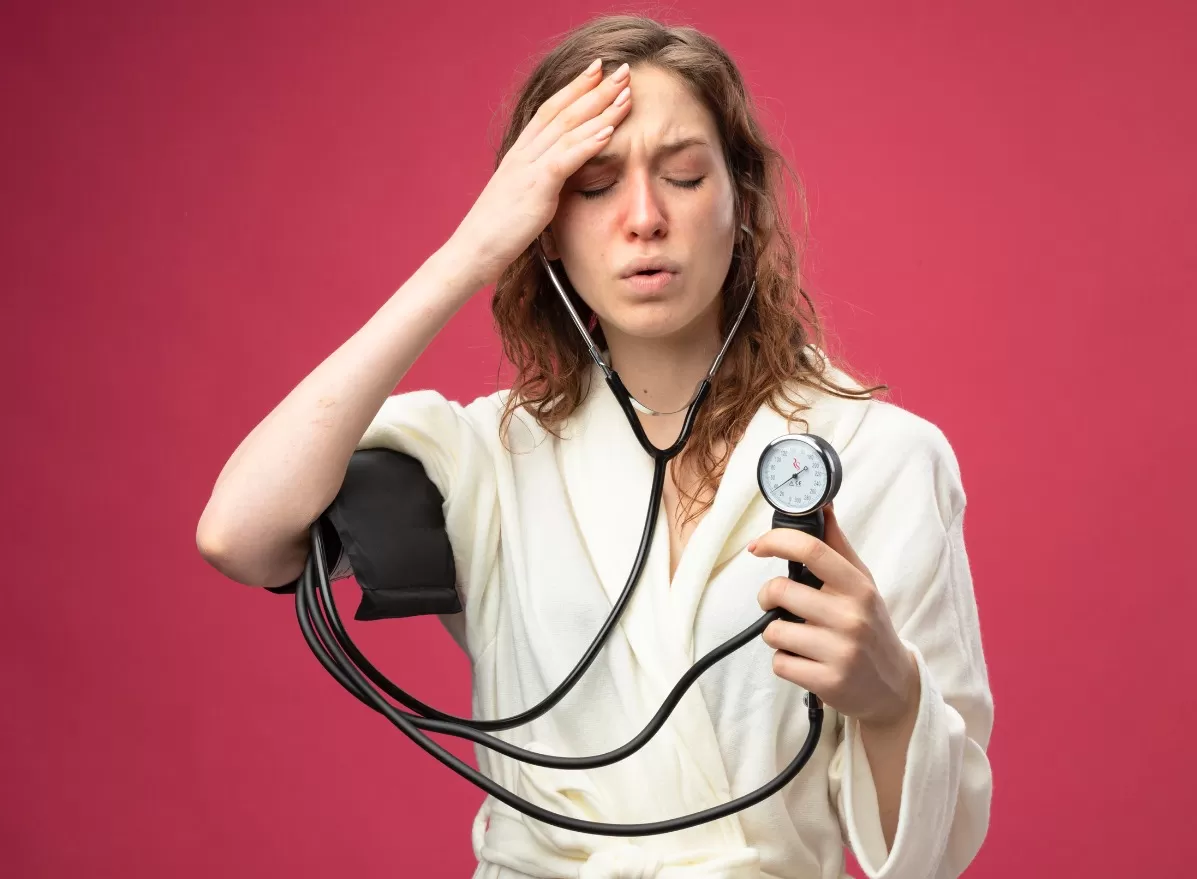I’ll never forget the first time I had a doctor’s appointment from my couch. Pajamas on, coffee in hand, laptop open. It felt weird at first—no waiting room, no awkward small talk with strangers—but also weirdly convenient. The doctor was kind, the connection was clear, and I got everything I needed without leaving the house.
That’s when I realized: telemedicine isn’t just a pandemic-era trend—it’s the future.
What Is Telemedicine?
Let’s get the basics out of the way.
What is telemedicine?
Telemedicine is the use of technology to provide medical care remotely. Instead of visiting a clinic or hospital, patients can consult with doctors via video calls, apps, or even text messages.
It’s not just about convenience—it’s about access. Telemedicine lets people in rural areas, with mobility issues, or tight schedules still receive care when they need it.
You might use telemedicine for:
-
Routine checkups
-
Prescription renewals
-
Mental health therapy
-
Follow-up visits
-
Minor illnesses (like colds or rashes)
So yeah—it’s pretty versatile.
Difference Between Telehealth and Telemedicine
You’ve probably seen both terms thrown around, and yeah, it’s a bit confusing at first.
So, what’s the difference between telehealth and telemedicine?

Here’s the simple breakdown:
-
Telemedicine refers specifically to remote clinical services—like a virtual doctor appointment or online diagnosis.
-
Telehealth is broader—it includes telemedicine plus non-clinical services like health education, administrative meetings, and provider training.
Think of telemedicine as a subset of telehealth. All telemedicine is telehealth, but not all telehealth is telemedicine.
So if your therapist does a session over Zoom? That’s telemedicine.
But if your doctor emails you educational materials? That’s telehealth.
How Does Telemedicine Work?
You might be wondering: how does telemedicine actually work?
Here’s the simple version:
-
Schedule the Appointment – Usually through a health provider’s website or an app.
-
Log In for the Visit – At the scheduled time, you join a video call with your provider, similar to Zoom or FaceTime.
-
Consultation Happens – The doctor asks questions, reviews symptoms, maybe even checks things visually if needed (like a rash or sore throat).
-
Diagnosis and Follow-Up – If needed, the doctor can send prescriptions directly to your pharmacy or schedule a follow-up.
Some platforms even have 24/7 on-demand care where you can speak to someone within minutes.
Of course, it doesn’t work for everything. Emergencies, surgeries, or anything needing physical examination still require in-person visits. But for day-to-day stuff? It’s a game changer.
Impacts of Telemedicine on Healthcare: Now and in the Future
Okay, let’s talk about the big picture:
What kind of impact is telemedicine having on healthcare—and what’s next?
Now (Present Day Benefits)
-
Increased Access to Care: People in rural or underserved areas can finally see specialists without driving hours.
-
Faster Response Times: Many appointments happen same-day or even within the hour.
-
Lower Costs: No travel, less time off work, and sometimes even cheaper copays.
-
Better Chronic Care Management: Patients with diabetes, high blood pressure, or mental health needs can have more frequent check-ins.
-
Less Exposure to Illness: Especially during flu season or pandemics, staying home protects both patients and providers.
When I had COVID symptoms last year, I used telemedicine to get tested, get results, and manage recovery—all without walking into a clinic. That alone made me a believer.
In the Future
Looking ahead, the impact of telemedicine on healthcare will only grow:
-
AI + Remote Diagnostics: Imagine using wearable tech or smart devices to send data to your doctor in real-time.
-
Global Consultations: A specialist in Germany could review your scan from the U.S. instantly.
-
Home-Based Monitoring: Tools like smart blood pressure cuffs or glucose monitors will send data straight to your provider.
-
Virtual Hospitals: We’re already seeing hospitals offer complete virtual wings where everything—from intake to discharge—is handled online.
And the best part? It puts the patient at the center. It’s care that meets you where you are, not the other way around. Telemedicine also expanding access, reducing costs, and improving chronic care today. In the future, it will enable AI-driven care, global consultations, and fully virtual hospitals.
From comforting recipes to practical advice, Blessed Beyond Words has everything you need to enrich your daily life. – https://blessedbeyondwords.com
Final Thoughts: Embracing the Shift
Telemedicine isn’t perfect. Not everyone has great internet or the right devices. Some people prefer the face-to-face interaction. And yes, it’s still evolving.
But for many of us, it’s a lifeline. A way to stay healthy, informed, and connected—without waiting weeks for an appointment or spending hours in a crowded waiting room.
If you’ve never tried it, I highly recommend giving it a shot. You might be surprised how personal and helpful remote care can feel.
And hey, anything that lets me stay in sweatpants while managing my health? I’m all in.
Just like physical fitness, mental fitness is essential for maintaining a sharp mind. Mental Fitness: Exercises to Boost Cognitive Function offers practical exercises and tips to enhance your cognitive abilities, improve memory, and boost concentration. Whether you’re looking to sharpen your focus at work or simply keep your mind active as you age, this article provides valuable strategies to help you stay mentally fit. Don’t miss out on these brain-boosting exercises that can make a real difference!



